#TwitterChat: People are using OTT to live lives vicariously, say experts
With the lockdown further extended to May 3 and people confined to their homes, OTT and Television have become the key source for content consumption for people. OTT sees a huge surge across demographics and devices with the huge user base of 502 million smartphones.
The OTT sector is booming in these COVID-19 times and OTT players are heading the marketing game, making the best of this opportunity to drive subscription pick up.
As production is on a stand still during these times, both OTT and Television struggle when it comes to creating fresh content. However, with a huge content library, OTT players seem to have a clear advantage.
As the times are full of opportunities and challenges for OTT players, the marketing strategies need to be strengthened to further grow the subscriber base during the times of COVID-19. It is also important for these players to retain and further grow the user base post this period. This time is apt to plan for the “Beyond COVID-19 times”.
Continuing with our industry-leading #TwitterChat initiative, Adgully organized a discussion on “Upping the marketing game for OTTs during COVID-19 crisis and beyond” on Friday, 17th April. Industry leaders in Digital analysed the market situation for the OTT sector and also sought to chart out the way ahead for OTT in the new normal that is anticipated once the COVID-19 crisis is overcome.
The esteemed panellists who discussed the road ahead for the OTT industry included:
Shrenik Gandhi, Chief Executive Officer and Co-Founder, White Rivers Media (Moderator) (@gandhi_shrenik)
Subrat Kar, Co-Founder & CEO, Vidooly (@subratkar)
Rahul Mishra, Head of Marketing and Communications, Shemaroo Entertainment (@thoughtsbyrahul)
Binda Dey, Head of Marketing, Red Chillies Entertainment (@bindadey)
Subramanian Krishnan, Chief Strategy Officer, TBWA India (@sub_maya_hai)
Preeti Mascarenhas, VP & Head Of Strategy & Product, Mindshare India (@pritihappy1)
Divya Dixit, SVP - Marketing, Analytics & Direct Revenue, ALTBalaji (@dxtdvy)
Shrenik Gandhi began the round of questions by asking about the behaviour of the viewer during the lockdown period and what kind of content is being favoured during these times.
Along with an increase in the viewing hours, the audience’s appetite for content diversity has grown too.@bindadey @thoughtsbyrahul @pritihappy1 @sub_maya_hai @subratkar @dxtdvy @adgully @whiteriversm#TwitterChat #BattleForEyeballs pic.twitter.com/cBN3IxlF2C
— Shrenik Gandhi (@gandhi_shrenik) April 17, 2020
To this, Divya Dixit responded by saying, “There are 2 parallel streams of watching that are happening – Individual and Family. We have also seen time slots of consumption.”
Adding to this, Binda Dey pointed out, “As per the latest BARC report, non-primetime slots, News and Kids genre views have jumped. I am assuming similar trends in OTT, especially with original content.”
Giving his perspective, Rahul Mishra said, “There is lot of experimentation happening across all digital platforms at the moment. On #ShemarooMe, we are seeing some interesting trends on repeat viewing of cult Bollywood films to surge in regional content consumption.”
Subrat Kar felt that it would be interesting to see how long this momentum would continue during the lockdown as it is difficult to produce new original programming. “Content producers should figure out how to scale content during this period,” he added. Further to this, Rahul Mishra said, “It will be also interesting to see how OTT platforms retain customers post the lockdown.”
According to Kar, “The revenue numbers are not going up as compared to viewership numbers. We see this trend across major social video publishers. I am sure this will be the opposite in the SVOD case.” Dixit added here, “SVOD platforms will gain more than AVOD platforms as advertisers have temporarily stopped activities. I believe it is also a good time for people to understand that there is no harm in paying for quality content. After all, in television we pay for channels.”
Binda Dey further said, “Whenever people feel uncertain, they gravitate to media and entertainment. Information and escapism are the two drivers of content in these times uncertain times. It gives a sense of comfort and assurance in the volatile world.”
Giving her perspective, Preeti Mascarenhas said, “It is the eyeballs’ demand and excellence in supply. Increased daily average usage is close to 4 hours per day, people need more food for eyes than for stomach – something for everyone, such as Original series, movies and fresh series.”
Subramanian Krishnan enquired, “Anecdotally, I hear that lot of regional/ offbeat consumption is on the rise? Would that be evidenced by data?” To this, Dixit responded with, “Please remember that data is yet owned by individual platforms. There is no BARC for digital. My suggestion is to listen to the audience and media conversations.”
Gandhi then went on to ask the panellists about prime time and non-prime time slots converging.
With people getting more time to stream content throughout the day, the consumption pattern has changed significantly during the COVID-19 lockdown.@bindadey @thoughtsbyrahul @pritihappy1 @sub_maya_hai @subratkar @dxtdvy @adgully @whiteriversm#TwitterChat #BattleForEyeballs pic.twitter.com/7LH0qll2aJ
— Shrenik Gandhi (@gandhi_shrenik) April 17, 2020
To this, Dixit responded, “The lockdown has managed to throw a few insights in the game. Consumption is across time slots. We have more women audience. Mature people getting added. Weekday- weekend have been barriers broken. People are using OTT to live lives vicariously.”
Subramanian noted, “Binge watching is a mainstream thing now, for sure. Since time is no longer at a premium.” Agreeing with this, Dixit said, “Let me say that OTT is now moving towards massification as India becomes more digital savvy during this difficult phase.”
Subramanian further noted, “Time has become fluid, with no pressure on individuals to stick to a routine. This is changing OTT consumption in the short-term, but one wonders whether that is sustainable?”
Dey joined the round of answers and said, “Kids & News genre has seen a jump in viewership on TV as per the BARC survey. Also, homes are the new offices, people are streaming content throughout the day, even during working hours. But the type of content viewed across the day is significantly different.”
Mishra added here, “7 pm has become the new prime time and our Friday world digital premieres do lead to a surge on the platform on weekends.”
Gandhi then asked the panellists about the strategies for OTT players to retain this stickiness post lockdown.
The newfound stickiness and the new relationships suggest foreseeable opportunities & challenges for OTT platforms post the COVID-19 lockdown.@bindadey @thoughtsbyrahul @pritihappy1 @sub_maya_hai @subratkar @dxtdvy @adgully @whiteriversm#TwitterChat #BattleForEyeballs pic.twitter.com/GNYwx7QGHW
— Shrenik Gandhi (@gandhi_shrenik) April 17, 2020
“Been a fierce advocate of retention, as I believe it creates economies of business and loyalty, we use multiple tools of engagement. The trick is in telling your consumer there is so much more to explore and, of course, the quality of content,” said Dixit.
“Every established OTT has a super kickass team, who can figure out anything. What most of the homegrown platforms missing out on are having enough original good quality content and experience on the platform. The scale in content is totally missing,” Kar felt.
Dixit differed here and said, “We are known for our content and I am sure many homegrown OTT platforms must also be appreciated in their segment of audiences. Quality content need not be one-size-fits-all.”
Giving her perspective, Dey said, “The lockdown is also getting new audience/ paid subscribers to each platform. People have started subscribing to multiple platforms and are sampling new content.” She further added, “So, one of the big tasks will be to retain the new audience. Also, in media, the audience's taste and preference are ever-changing - what's working now cannot be used as a template in the long run.”
For Mishra, the focus should be on building genuine brand love, even beyond the content proposition available on the platform, as well as creating robust growth marketing tools.
According to Mascarenhas, it was about the 3 Cs – Create fresh Content; Communicate to the various ‘mini Indias’; and Continuously listen to the pulse of the consumer’s mood to accelerate growth.
Also Read:
#TwitterChat: Join India's top creative minds to crack the WFH formula today
#TwitterChat: Keeping communications relevant in a new normal forced by COVID-19


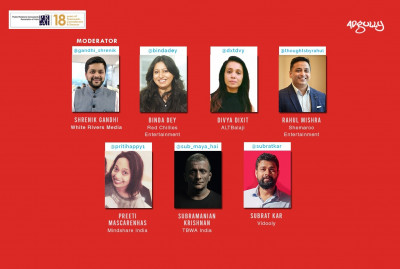
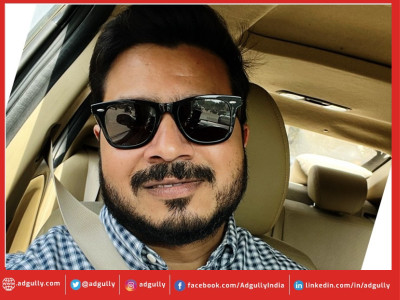



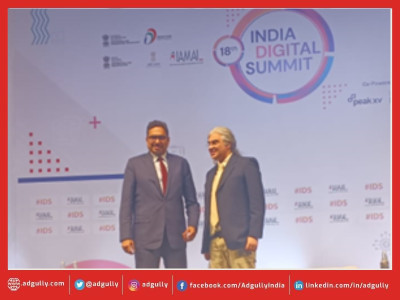
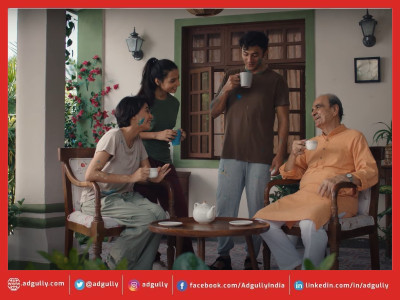

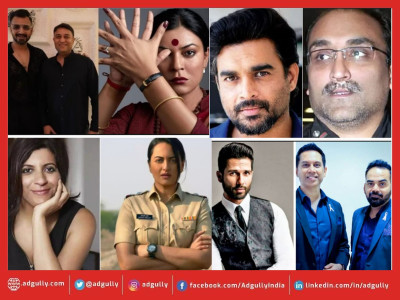


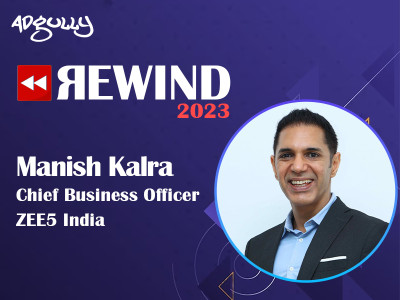


Share
Facebook
YouTube
Tweet
Twitter
LinkedIn